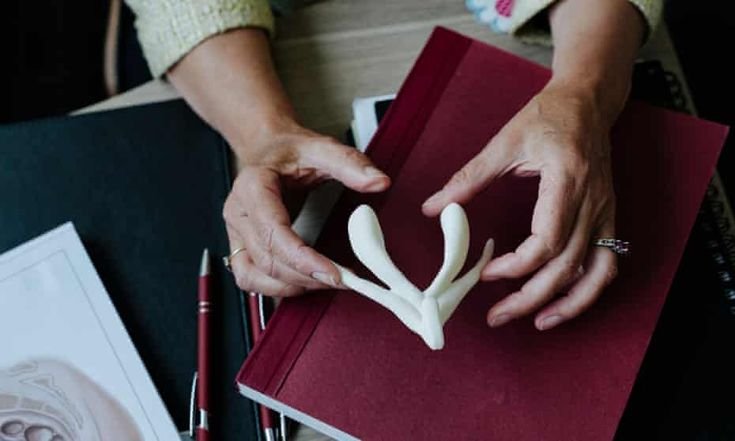How many nerve endings does the clitoris really have?
The clitoris remains underrepresented, both in sexual education and research. For years, it was claimed that the clitoris had around 8,000 nerve endings. However, this research was conducted not on humans but on cattle. Our own Ellen Laan already pointed out that the number was incorrect. Unfortunately, it was unclear how many nerve endings were actually present. But here's some good news: a recent study indicates that the average number is 10,281. For comparison, the entire palm of the hand contains about 17,000 nerve endings.
Counting Nerve Fibers
The research team led by Dr. Blair Peters used various techniques to count the number of nerve fibers. Dr. Peters, specializing in gender confirmation and trans care, was in a unique position to obtain "research material." During phalloplasty surgeries, tissue from the individual's own body is used to construct a penis. To ensure that this penis feels pleasant during arousal, erectile tissue from the clitoris is utilized. Nerve endings are meticulously reconnected for this purpose. Due to Dr. Peters' work in transgender care, there was enough material available to conduct the study.
The clitoris is not a DJ-booth.
Conclusions from the 1970s
Our understanding of sexual arousal and desire was based on outdated research, such as that of Masters and Johnson from the 1970s and 80s, primarily conducted from a cisgender, heterosexual perspective. As a result, there is still a significant disparity in our knowledge of male and female sexual organs. Particularly in a time when transgender care often receives negative attention, it is noteworthy that these findings could be made possible thanks to innovations in the field of gender confirmation.
A Clit is Not a DJ Booth
Female sexuality was long approached solely from a reproductive perspective, often neglecting considerations of sexual pleasure. While you likely already knew that your genitalia is sensitive, having this validation is crucial. By emphasizing the overall sensitivity of the clitoris as an organ, we can enhance education, promoting pleasure. Hopefully, the notion of treating the clitoris like a DJ booth during manual stimulation will be replaced by a more gradual approach, allowing arousal to build before potentially stimulating different areas of the organ.
Craving More
This study is just the beginning of much more research. Beyond improving knowledge and consequently enhancing education, it also holds significance for medical issues, such as arousal problems, orgasm dysfunctions, or individuals experiencing reduced sensation in their genitalia post-surgery. Hopefully, patients with conditions like vulvar pain or hypersensitivity will be taken more seriously. It marks a significant step forward, thanks to increased research into this organ.
